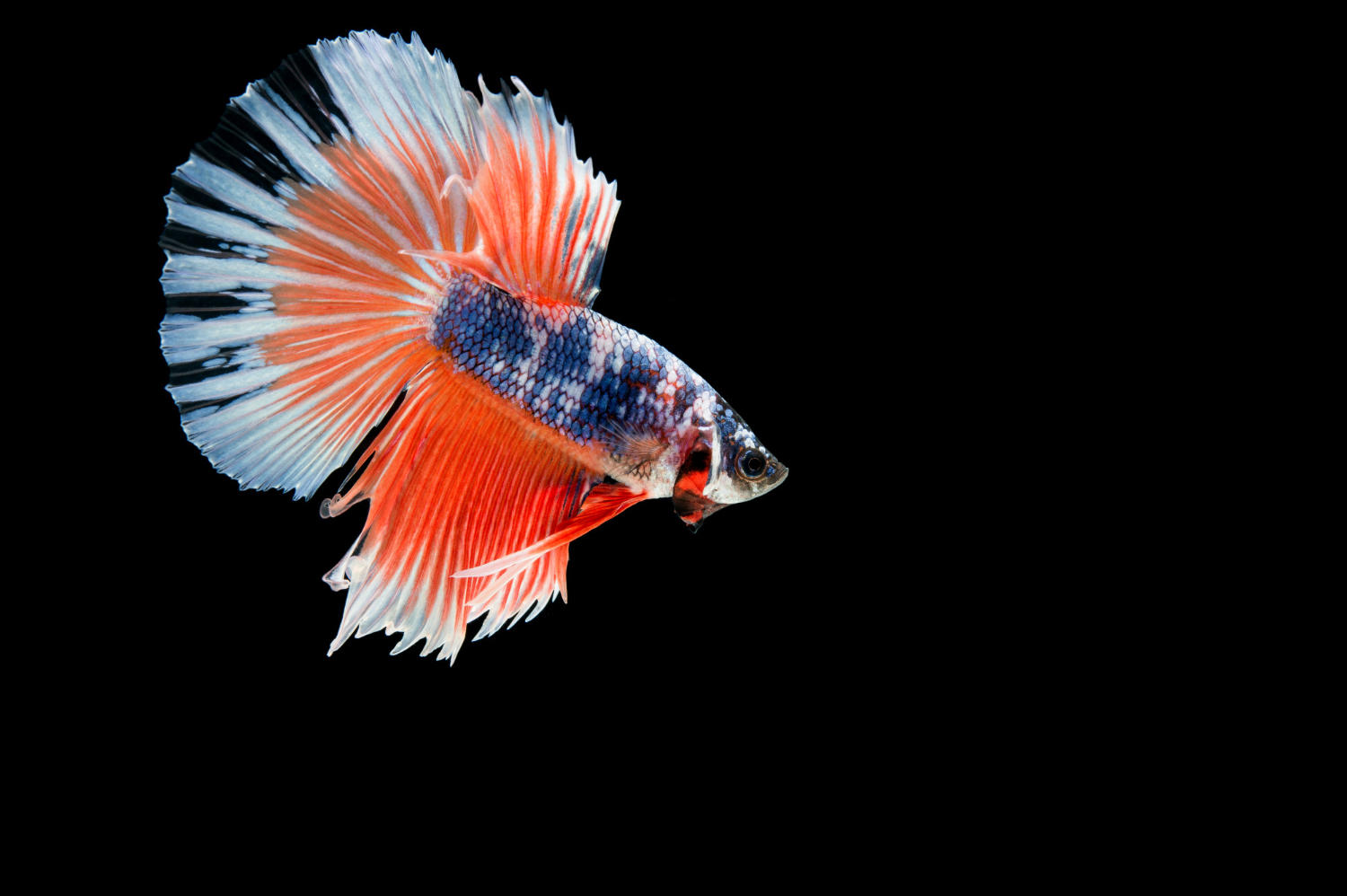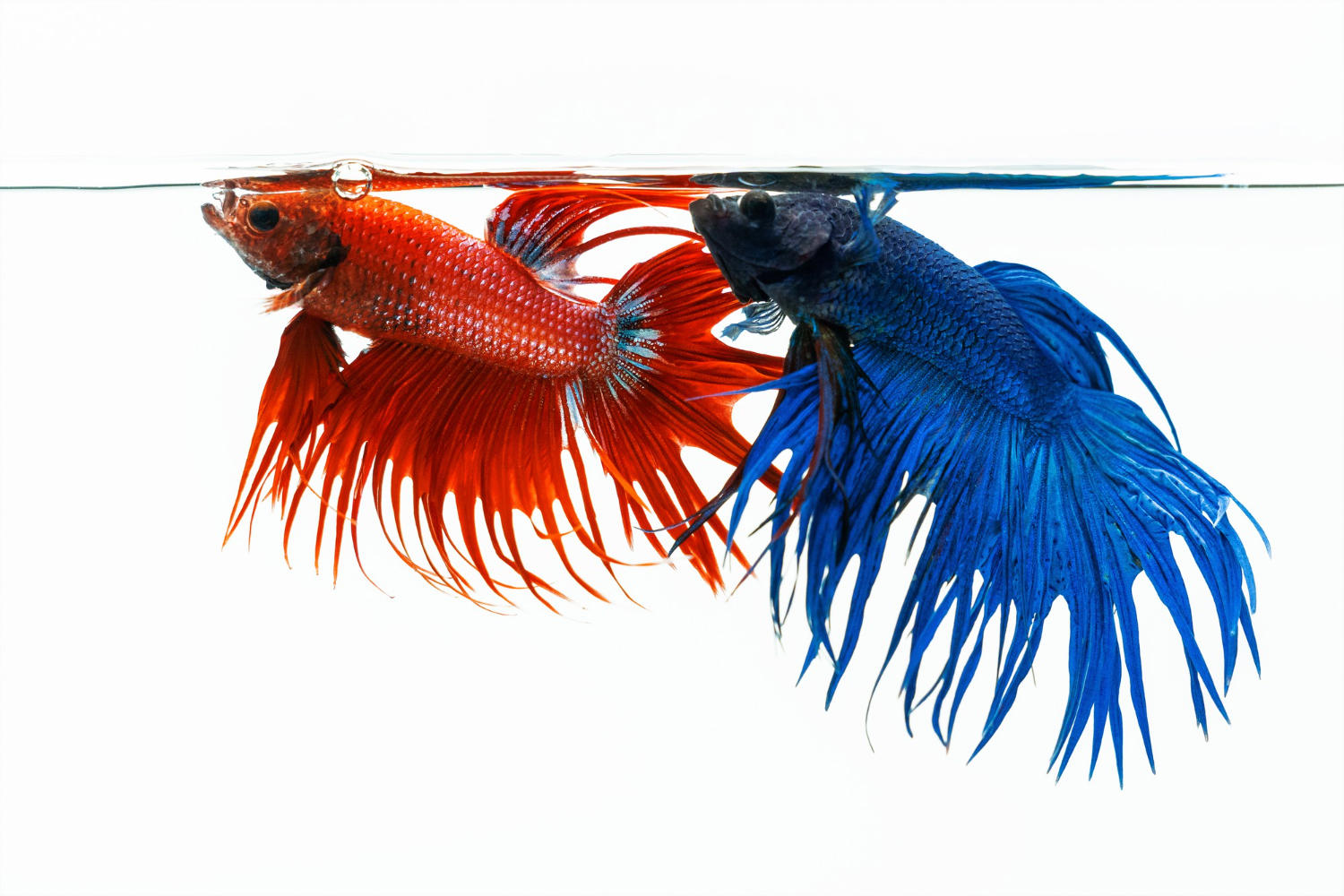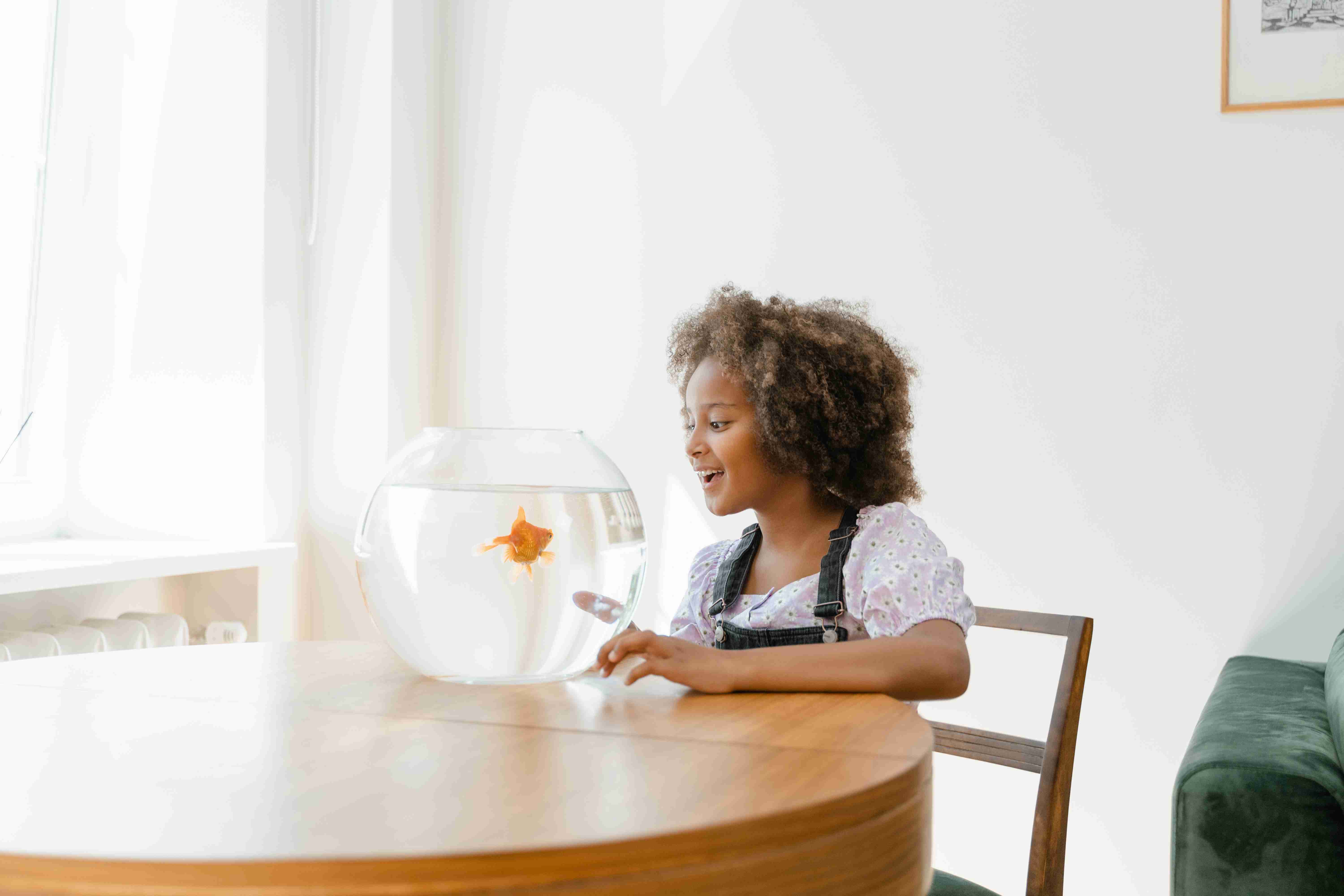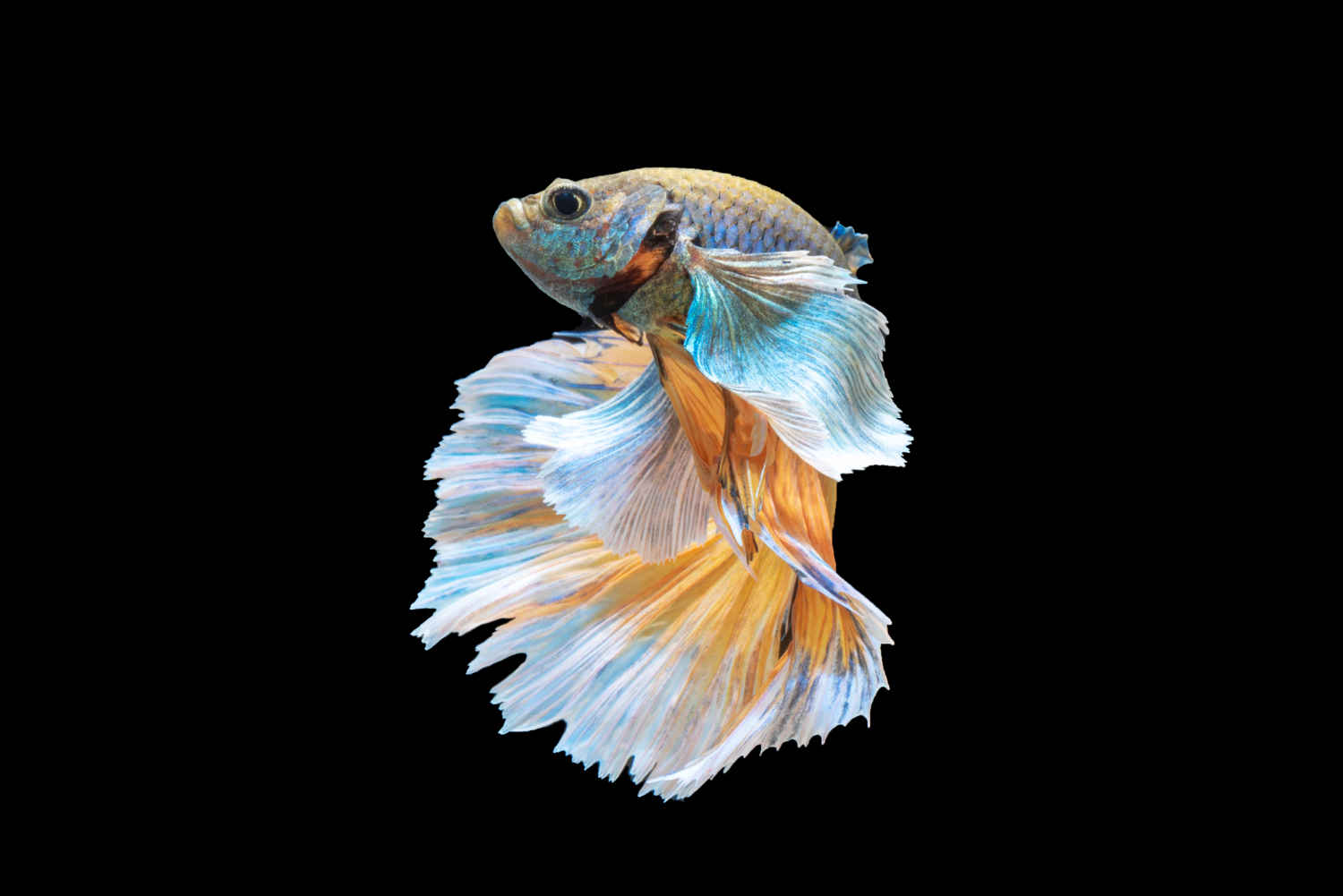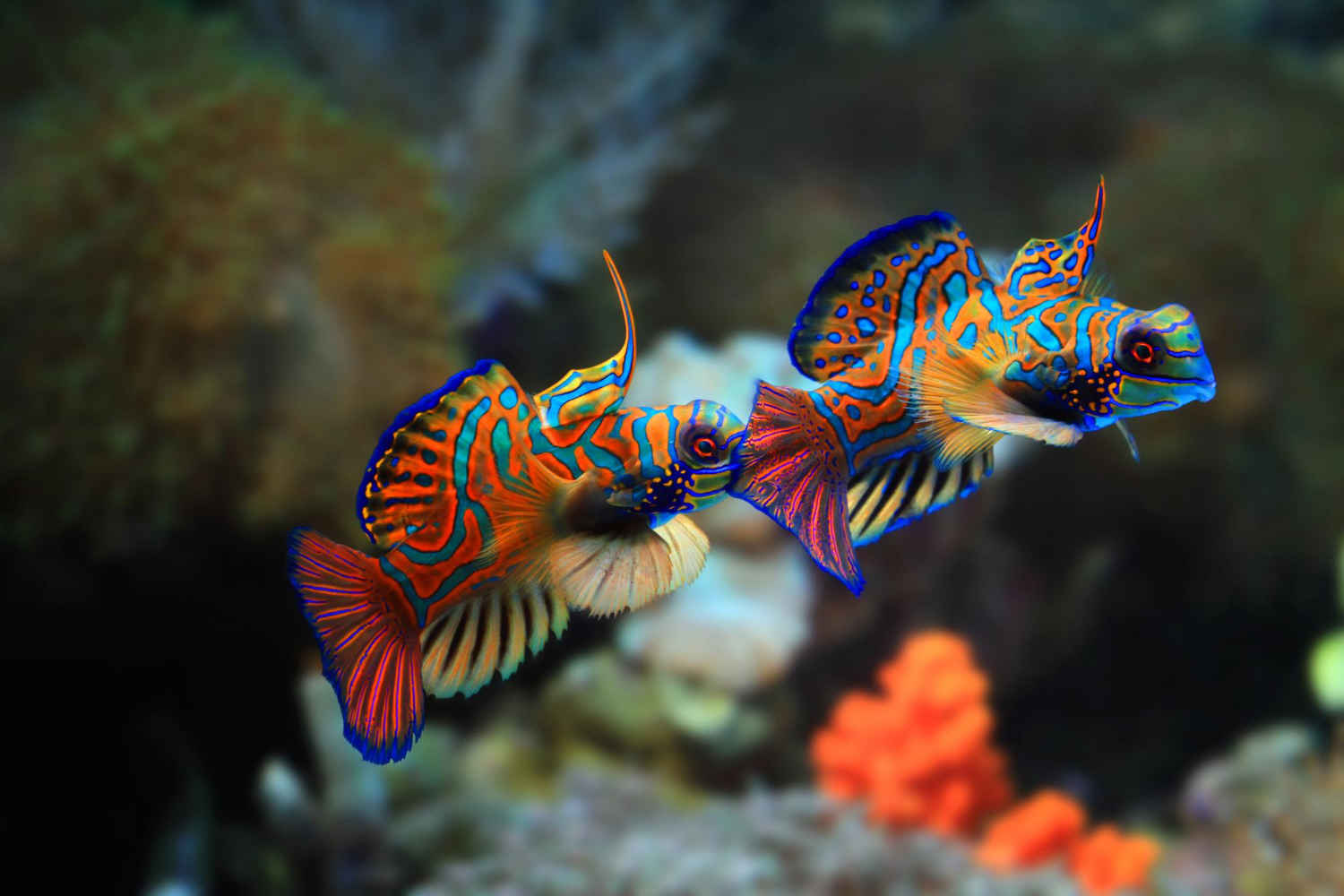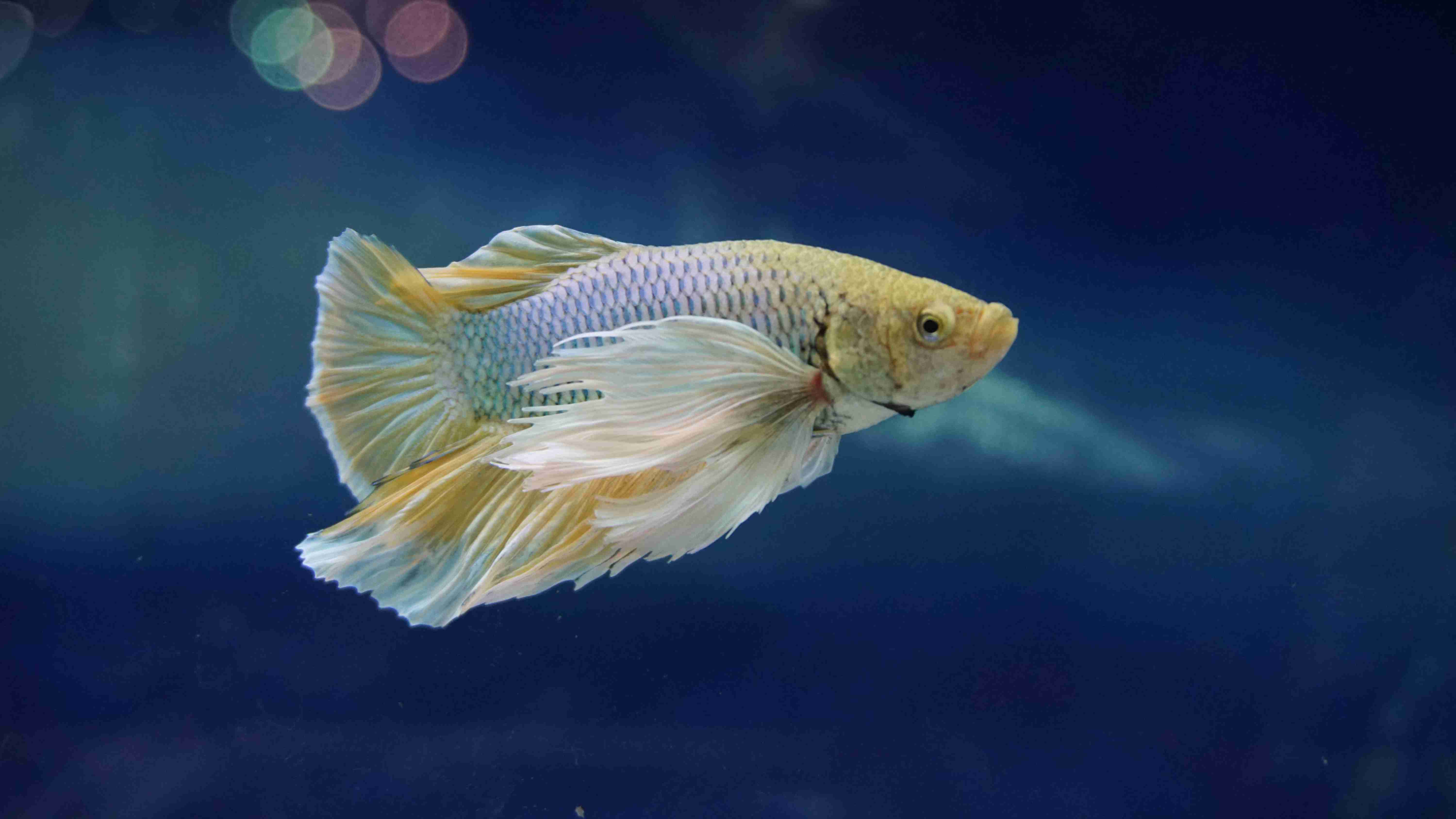If you’re an aquarium enthusiast, you know how frustrating it is to deal with stubborn algae growth in your fish tank. Algae not only make your aquarium look unattractive but can also harm your fish if left unchecked. Fortunately, there are several steps you can take to remove algae from your fish tank and prevent its return. In this comprehensive guide, we’ll take you through a step-by-step process on how to get rid of algae in your aquarium, leaving your tank looking clean and healthy. So, say goodbye to algae, and get ready to enjoy a sparkling clean fish tank!
Algae growth is a common problem in fish tanks. It can make your tank look dirty, and in some cases, it can even harm your fish. Luckily, there are several ways to remove algae from your fish tank. In this guide, we’ll cover the steps you need to take to say goodbye to algae and keep your tank looking healthy.
Step 1: Identify the Type of Algae in Your Tank
Before you can remove algae from your fish tank, you need to know what type of algae you’re dealing with. There are several types of algae that commonly grow in fish tanks, including green algae, brown algae, and blue-green algae. Each type of algae requires a different treatment approach, so it’s important to identify the type of algae in your tank before taking any action.
Step 2: Perform a Partial Water Change
One of the easiest ways to remove algae from your fish tank is to perform a partial water change. This will help to dilute the nutrients that algae need to grow and reduce the overall amount of algae in your tank. To perform a partial water change, use a siphon to remove about 20-30% of the water from your tank, and replace it with fresh, clean water.
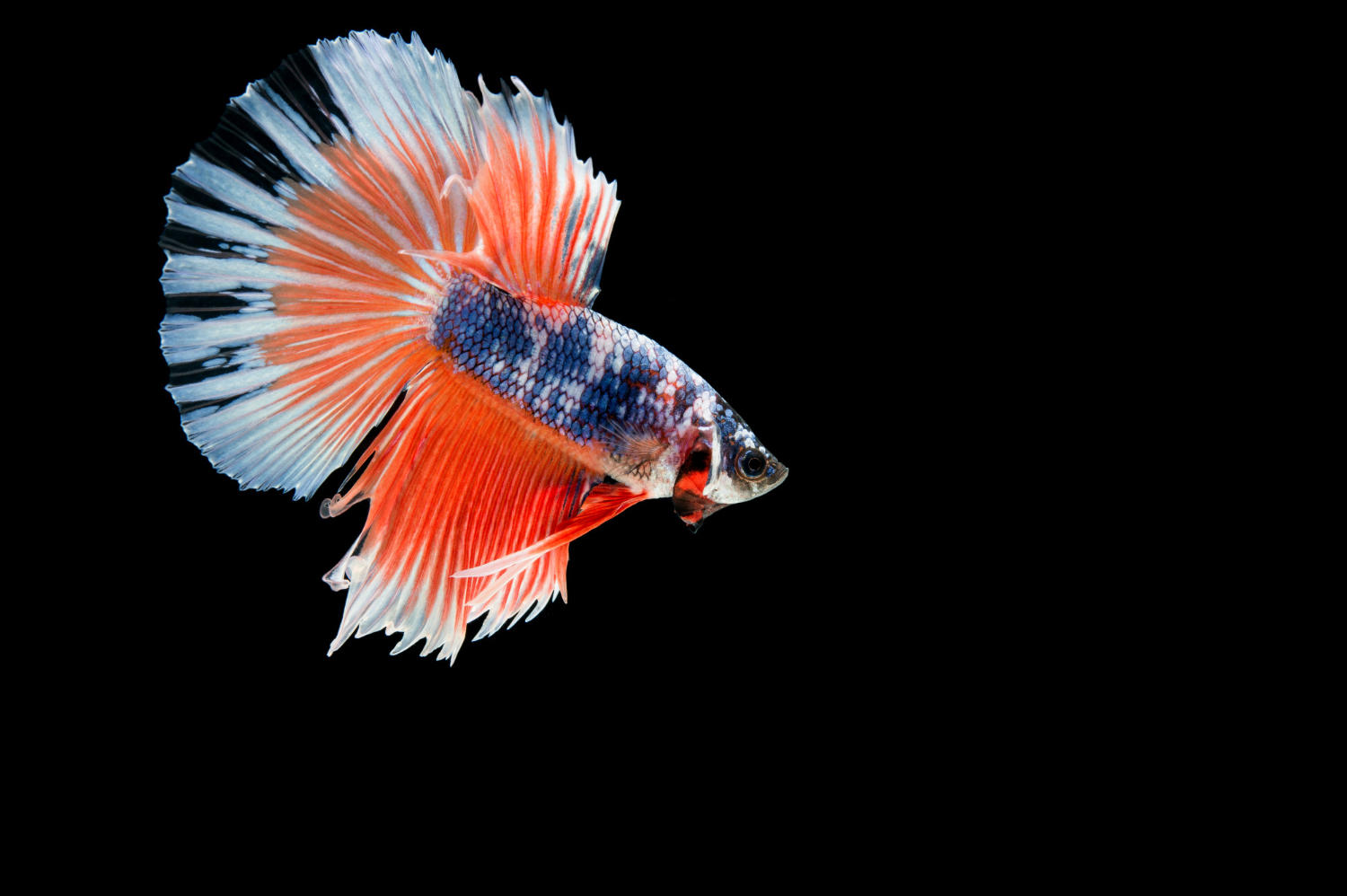
Step 3: Clean the Tank and Decorations
Another important step in removing algae from your fish tank is to clean the tank and any decorations or accessories inside. Use an aquarium-safe cleaning solution and a soft brush or sponge to gently scrub away any algae that has accumulated on the glass or decorations. Be careful not to disturb your fish or any beneficial bacteria that may be growing in your tank.
Step 4: Adjust Your Lighting and Feeding Schedule
Algae thrive in environments with excess light and nutrients, so adjusting your lighting and feeding schedule can help to reduce algae growth. Consider reducing the amount of time your tank is exposed to light each day, or switch to a lower intensity bulb. You can also adjust your feeding schedule to ensure that you’re not overfeeding your fish and adding excess nutrients to the tank.
Step 5: Add Algae-Eating Fish or Invertebrates
If the above steps don’t work, you may want to consider adding algae-eating fish or invertebrates to your tank. These animals, such as snails, algae-eating shrimp, or plecos, will help to keep your tank clean and free from algae. However, it’s important to research the specific needs of the animal you’re considering and ensure that it’s compatible with your other fish and tank conditions.
In conclusion, removing algae from your fish tank requires a multi-step approach that includes identifying the type of algae, performing a partial water change, cleaning the tank and decorations, adjusting your lighting and feeding schedule, and potentially adding algae-eating fish or invertebrates. By following these steps, you can say goodbye to algae and keep your fish tank looking healthy and beautiful.
In conclusion, having a clean and healthy fish tank is essential for the well-being of your fish. Algae growth is a common problem in fish tanks, but with the right techniques and tools, it can easily be removed. By following the step-by-step guide in this post, you can say goodbye to algae and keep your fish tank looking beautiful and clean. Remember to maintain a regular cleaning schedule and keep an eye on your water parameters to prevent algae from returning. With a little effort, you can create a healthy and thriving ecosystem for your fish to enjoy. Happy cleaning!


